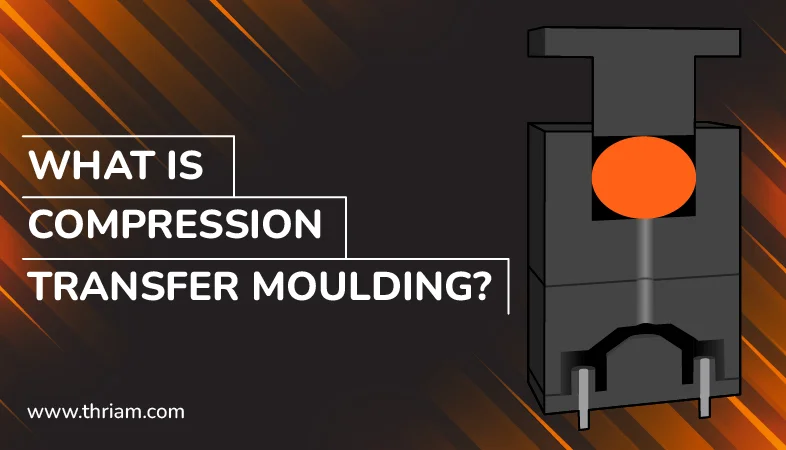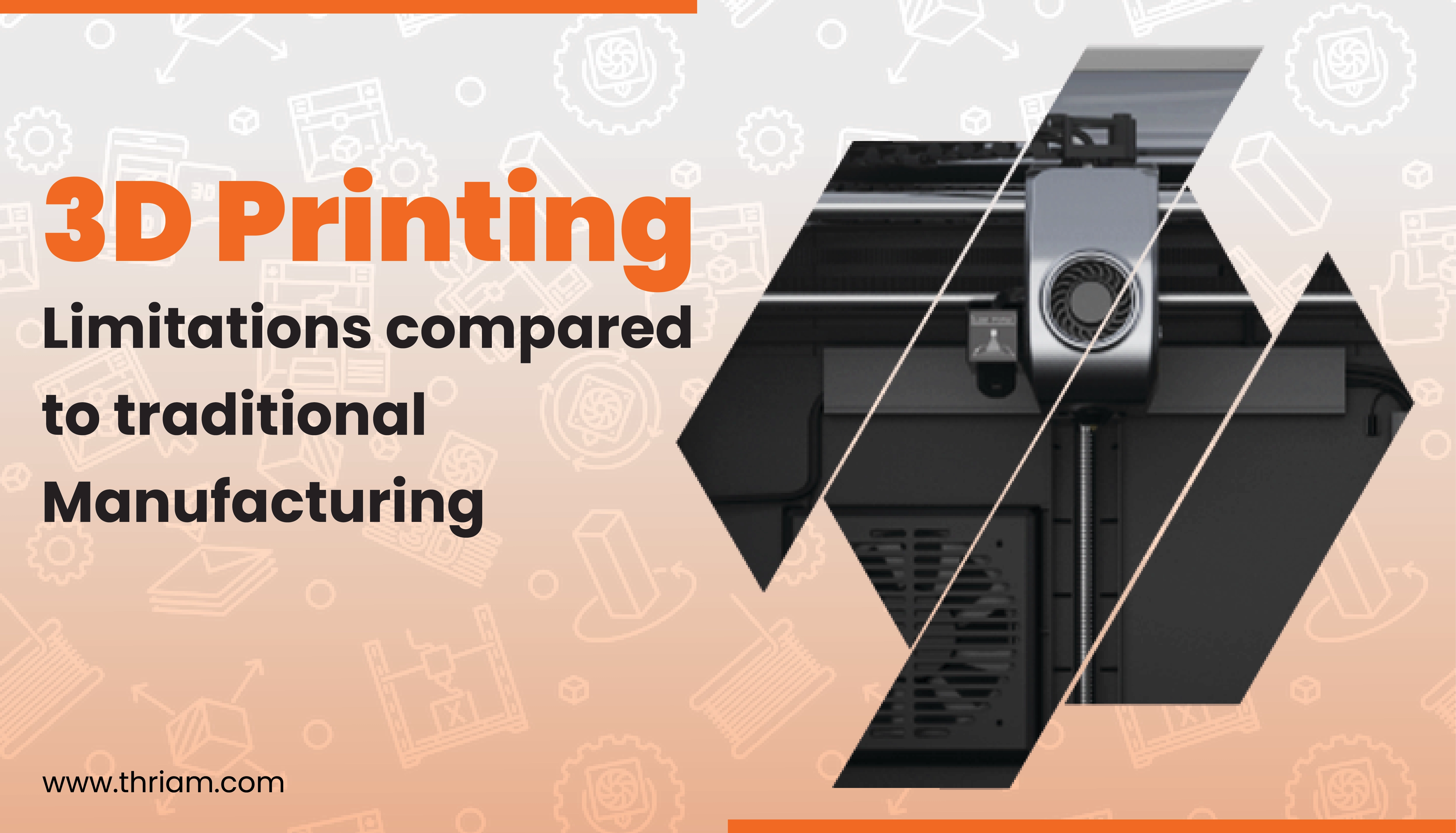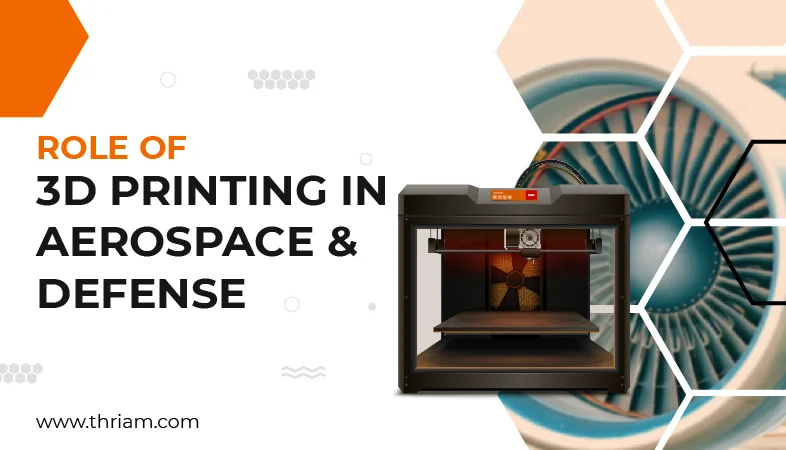Comparison: TPE (Thermoplastic Elastomer) and TPU (Thermoplastic Polyurethane) for 3D Printing
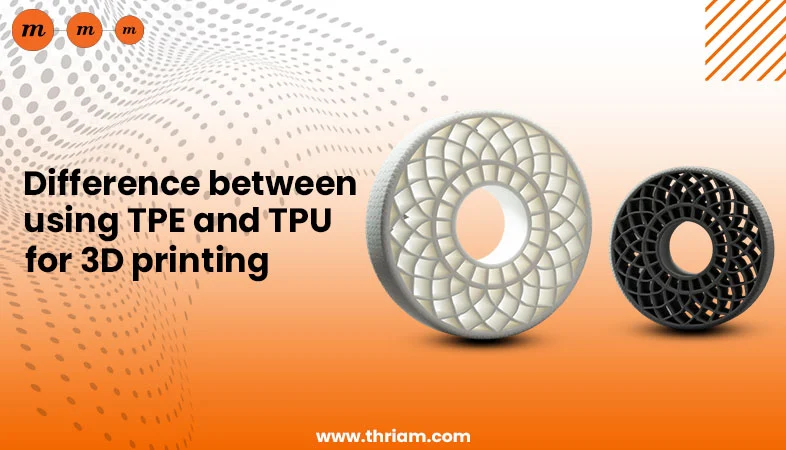
TPE (Thermoplastic Elastomer)
TPE, or Thermoplastic Elastomer, has become an increasingly popular material for 3D printing applications. It offers unique advantages, such as flexibility, elasticity, and durability, making it ideal for creating functional and advanced designs. In this article, we will explore TPE's definition, characteristics, significance, and its growing use in 3D printing.
I. Definition and Composition of TPE
TPE is a type of thermoplastic elastomer that combines the properties of both rubber and plastic. It can be melted and molded multiple times without compromising its physical properties, unlike traditional elastomers that require vulcanization. TPEs consist of a blend of a thermoplastic matrix and elastomer particles. The matrix provides structural support, while the elastomer particles contribute to the material's elasticity and flexibility.
II. Characteristics of TPE for 3D Printing
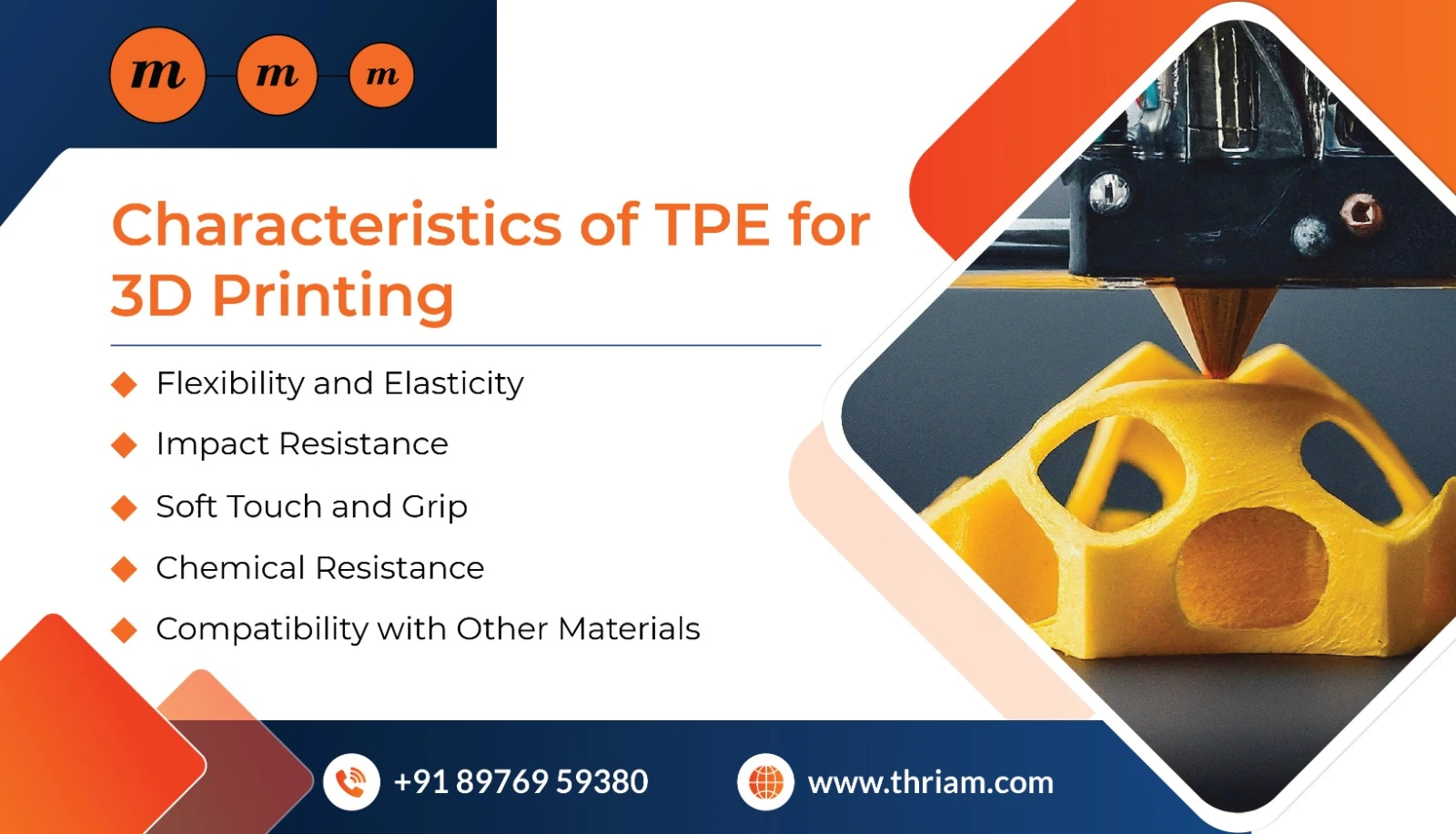
- Flexibility and Elasticity: TPE exhibits excellent flexibility and elasticity, making it capable of producing highly flexible and stretchable structures. It can withstand repeated bending and stretching without experiencing permanent deformation.
- Impact Resistance: TPE offers high impact resistance, allowing it to absorb and dissipate impact energy. This property makes it suitable for producing parts and prototypes that may be subject to dynamic loads or require shock absorption.
- Soft Touch and Grip: TPE provides a soft touch and comfortable grip, similar to rubber. It is particularly useful for manufacturing products that require ergonomic design, such as handles, grips, and wearable devices.
- Chemical Resistance: TPE exhibits excellent resistance to chemicals and solvents, making it suitable for applications that require exposure to harsh or corrosive environments.
- Compatibility with Other Materials: TPE can be easily overmolded with other materials, such as rigid plastics or metals, allowing for the creation of complex and multi-material objects. This capability provides design flexibility and enables the incorporation of additional functionalities.
III. Significance of TPE in 3D Printing
- Functional Prototyping: TPE's unique characteristics make it an excellent choice for functional prototyping. It allows engineers and designers to create prototypes that closely resemble the final product in terms of texture, flexibility, and functionality.
- Flexible Structures: TPE enables the production of intricate and flexible structures that are typically challenging or impossible to achieve with rigid materials. It opens up new possibilities for innovative designs in various industries, including automotive, aerospace, and consumer goods.
- Customization and Personalization: TPE's versatility and compatibility with other materials allow for customization and personalization of 3D-printed objects. Parts can be tailored to specific requirements and user preferences, enhancing product value and customer satisfaction.
- Ergonomics and Comfort: TPE's soft touch and ergonomic properties contribute to improved user experience, especially in products that come into direct contact with the human body. Applications such as medical devices, wearables, and sports equipment can benefit from TPE's comfort and flexibility.
- Reduced Assembly and Simplified Designs: TPE's ability to combine multiple materials and functionalities in a single printed part reduces the need for assembly and simplifies the overall design. This leads to cost savings, increased production efficiency, and the potential for lightweighting.
IV. Challenges and Considerations
While TPE offers numerous advantages for 3D printing, it also presents certain challenges and considerations. These include:
- Printing Parameters: TPEs often require specific printing parameters, such as print temperature, bed adhesion, and print speed. Optimizing these parameters is crucial to ensure a successful print and desired properties in the final object.
- Support Structures: As TPE can be inherently flexible, the need for support structures during printing becomes important, especially for objects with overhangs or complex geometries. Proper support removal techniques should be considered to maintain desired functionality.
- Material Compatibility: Using TPE in multi-material printing requires consideration of material compatibility, as different materials may have different requirements and properties. Compatibility testing and appropriate design considerations are essential in achieving desired outcomes.
TPU (Thermoplastic Polyurethane)
TPU, or Thermoplastic Polyurethane, is an increasingly popular material used in 3D printing. With its unique combination of strength, flexibility, and chemical resistance, TPU offers a range of advantages for various applications. In this article, we will explore the definition of TPU, its characteristics, and its significance in the field of 3D printing.
I. Definition and Composition
TPU is a type of thermoplastic elastomer that belongs to the polyurethane family. It is created through the reaction of diisocyanates with polyols, resulting in a versatile polymer that can be processed as a thermoplastic material. TPU combines the best properties of rubber and plastic, making it highly suitable for 3D printing applications.
II. Characteristics of TPU for 3D Printing
- Strength and Durability: TPU is known for its excellent tensile strength, tear resistance, and abrasion resistance. Its robustness makes it suitable for producing parts that require structural stability and long-term durability.
- Flexibility and Elasticity: TPU exhibits exceptional flexibility and elasticity, allowing it to be bent, stretched, or compressed without permanent deformation. This property is particularly beneficial for creating objects that need to withstand repeated and dynamic movements.
- Chemical Resistance: TPU is resistant to a broad range of chemicals, including oils, solvents, and most common industrial chemicals. This resistance makes it an ideal choice for applications where exposure to chemicals is expected.
- Weather Resistance: TPU demonstrates excellent resistance against UV radiation and weathering. It remains stable and maintains its physical properties even when exposed to outdoor environments for extended periods.
- Printability: TPU is compatible with various 3D printing technologies, including Fused Deposition Modeling (FDM) and Selective Laser Sintering (SLS). It can be printed with ease, offering good layer adhesion and minimal warping issues.
III. Significance of TPU in 3D Printing
- Functional Prototyping: TPU is often used for functional prototyping due to its ability to produce parts with properties close to the final product. Its combination of strength and flexibility allows for the creation of prototypes that accurately represent the intended application.
- Mechanical and Industrial Parts: TPU offers an excellent alternative for creating mechanical and industrial parts that require both strength and flexibility. It can be used to make components such as gaskets, seals, bushings, and wheels.
- Footwear and Wearable Technology: The flexibility, elasticity, and comfort of TPU make it a popular choice for 3D printing footwear, insoles, and wearables. It enables the creation of customized and comfortable products that conform to the wearer's unique needs.
- Sporting Goods: TPU is widely used in the production of sporting goods, such as protective gear, bike grips, and flexible components for equipment. Its ability to absorb impact and withstand repetitive movements makes it a valuable material for enhancing performance and safety.
- Medical Applications: TPU finds applications in the medical field due to its biocompatibility and resistance to abrasion and chemical exposure. It can be used for 3D printing medical devices, prosthetics, customized braces, and orthotics.
Comparison of TPE and TPU for 3D printing
Advantages of TPE over TPU for 3D printing
Lower Shore Hardness: TPEs typically have a lower Shore Hardness score than TPUs, which means they are softer and more flexible. This softness can be beneficial when creating products that require cushioning or flexibility, like phone cases or shoe inserts. The softness of TPE also means that it is easier to extrude and print.
Better Impact Resistance: TPEs are made up of soft plastic and rubber, which gives them unique impact resistance properties. They can absorb more energy from impacts, making them an excellent material for creating products that need to withstand knocks and bumps. TPU is also durable, but it is generally more rigid than TPE, which means it may not absorb impacts as well.
Easier to Print: TPEs have lower processing temperatures than TPUs, which makes them easier to print using standard 3D printers. TPU's higher melting temperature can cause more severe nozzle clogs, and it requires advanced printing settings, which makes it slightly more challenging to work with.
Customizable Properties: TPEs are available in various blends and grades, and each blend can be customized to offer specific qualities, such as improved flexibility, durability, or hardness. This ability to tailor the material to suit specific applications makes TPE a versatile 3D printing material.
Advantages of TPU over TPE for 3D printing
Excellent Strength and Durability: TPU boasts superior tensile strength, as well as exceptional abrasion and tear resistance, making it an ideal material for 3D printing parts requiring strength and durability. TPEs, while also strong, cannot match the toughness and durability of TPU.
Higher Print Quality: TPU provides distinct print quality advantages over TPE. TPU filaments are commonly used for applications that require the best surface finish, as it produces prints that are smoother, less porous, and more precise. TPE, by comparison, may produce rough prints with uneven surfaces.
Chemical and Weather Resistance: TPU exhibits good chemical and UV resistance, making it an ideal material for outdoor and industrial applications. The material is impervious to many oils, solvents, and chemicals, which makes it suitable for engineering and industrial purposes.
Higher Processing Temperature: TPU can withstand higher processing temperatures than TPE, which means it can be used for applications that require more heat-intensive manufacturing processes. This property makes TPU an excellent option for industries such as automotive and aerospace.
Conclusion
TPU, the versatile thermoplastic polyurethane, offers a unique combination of strength, flexibility, and chemical resistance, making it a valuable material for 3D printing applications. Its characteristics make it suitable for a wide range of industries, including automotive, footwear, sporting goods, and healthcare. TPU enables functional prototyping, the production of durable mechanical components, and the creation of comfortable and customized products. As 3D printing technology continues to advance, TPU's significance is expected to grow, unlocking new possibilities for innovative and functional designs in various fields.
TPE, the versatile thermoplastic elastomer, has significantly impacted the world of 3D printing. Its unique combination of flexibility, elasticity, durability, and compatibility with other materials makes it a valuable choice for a wide range of applications. TPE allows for functional prototyping, flexible structures, customization, improved ergonomics, and simplified designs. As 3D printing continues to evolve, TPE's significance is expected to grow, unlocking new possibilities for innovative and advanced manufacturing. Engineers, designers, and manufacturers are embracing this exciting material to push the boundaries and create products that combine performance, comfort, and functionality in unprecedented ways.
